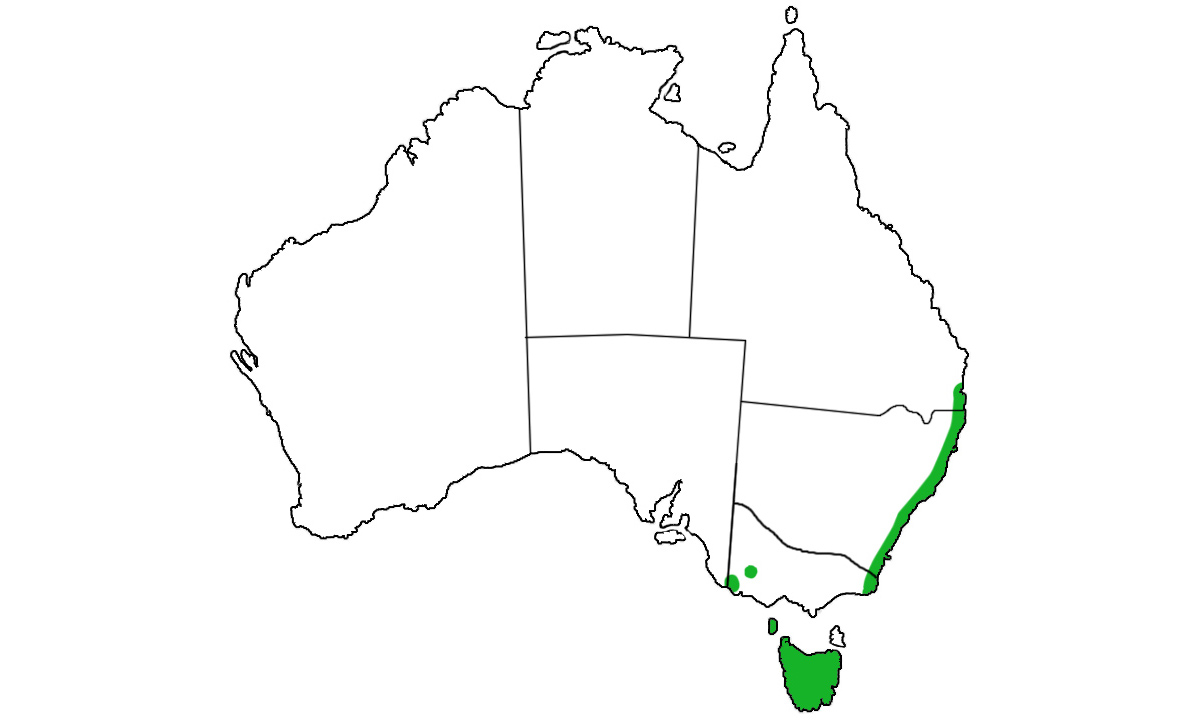Potorous tridactylus or the Long-nosed Potoroo
One of the first mammals recorded form Australia was the long-nosed potoroo. Their species name, 'tridactylus', means 'three toes'. The Long-nosed Potoroo has four toes, but the secondhand third are joined, which fooled the early naturalists that described this animal. They like to live in areas with thick ground cover. They will often dig small holes in the ground in the same fashion that bandicoots do. They do this to search for soil-dwelling insects, worms, fungi, and plant roots and tubers.
The females have four teats but only one young is raised at a time, which will live in the pouch for about four months. They have been known to live up to seven years in the wild and up to twelve years in captivity. Long-nosed potoroos occur frequently in the subfossil record, suggesting that they were much more common in the not-too-distant past. It is not know whether the arrival of humans is to blame for their population decrease, but it is certainly clear that widespread clearing across all of Australia has removed much of their former habitat.
Did you know...
- One of the first mammals recorded form Australia was the long-nosed potoroo.
- Their species name, 'tridactylus', means 'three toes'. Potoroos actually have four toes, but the second and third are joined, which fooled the early naturalists that described this animal.
- Long-nosed potoroos occur frequently in the subfossil record, suggesting that they were much more common in the not-too-distant past.
- It is not know whether the arrival of humans is to blame for their population decrease, but it is certainly clear that widespread clearing across all of Australia has removed much of their former habitat.
Where to find the Long-nosed Potoroo in Australia:


